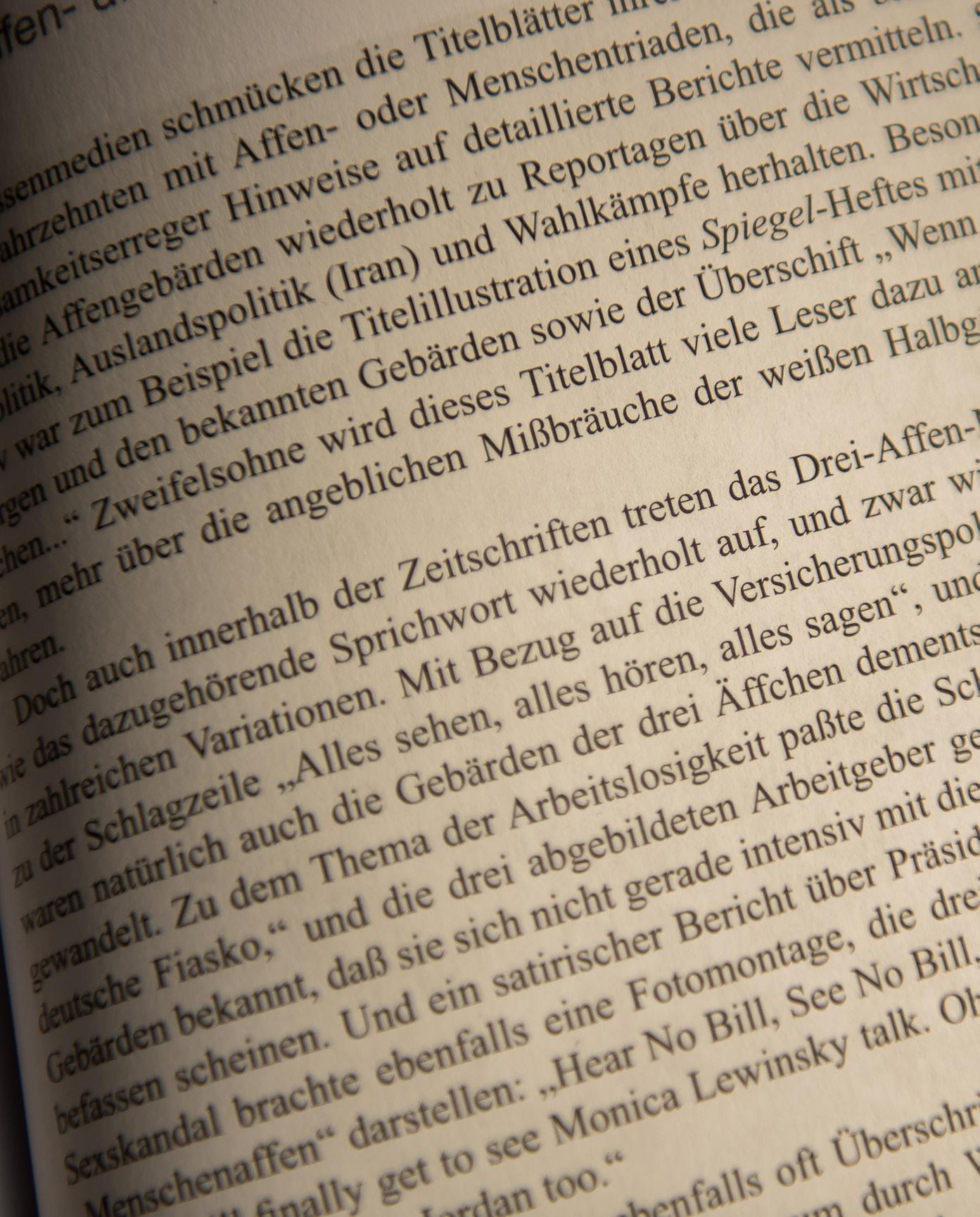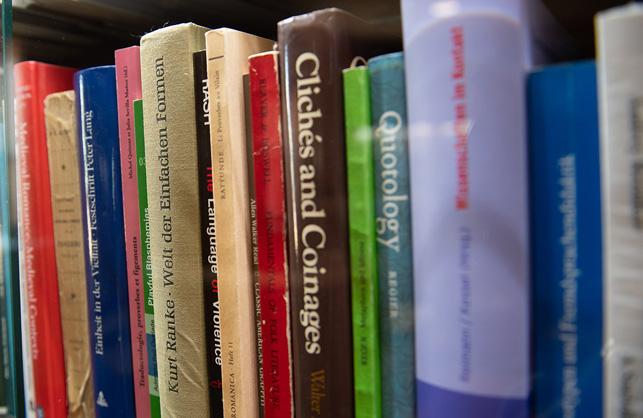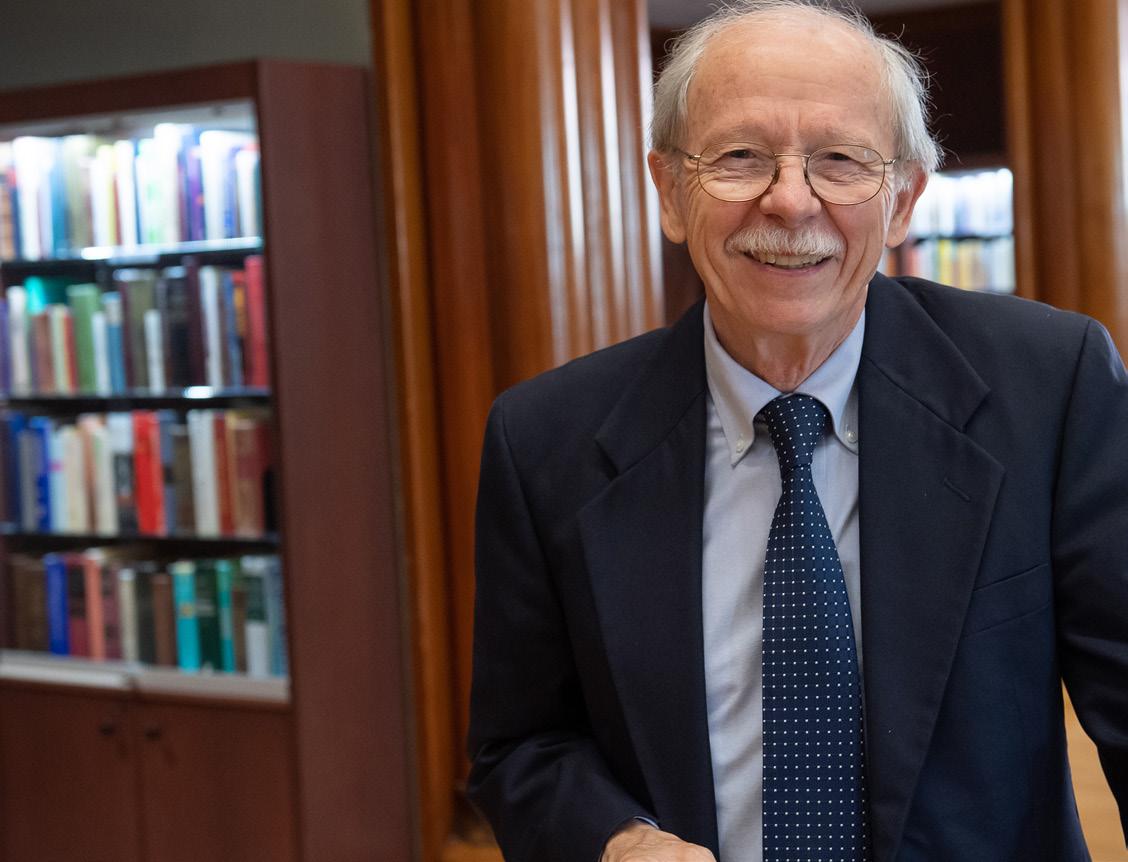
9 minute read
WATER, WATER EVERYWHERE
ENGINEERING FILTRATION SYSTEMS TO MEET THE GLOBAL CHALLENGE OF WATER SCARCITY
THE ORIGINS OF WATER remain a mystery. In the earliest history of Earth, our planet was too close to the hot sun for oceans to have condensed. Instead, water must have been carried to our rocky planet later, probably from the cold outer reaches of the solar system. So, it may be that a rain of comets, water-packed meteoroids, or minor planets called “transNeptunian objects,” crashed down with the water that now gives us rain.
Advertisement
This alien origin of water, the most intimate substance of life, is a strange irony of our liquid-coated planet. A second irony is that we’re running out.
He’s leading a research effort to help solve that problem. As the director of UVM’s Water Treatment and Environmental Nanotechnology Laboratory, he and his students are designing and creating a new generation of filtering membranes to make clean water—quickly and cheaply. As identified by the U.S. National Academy of Engineers, “providing access to clean water” is one of the twenty-first century’s engineering grand challenges.
A membrane is, in some ways, simple: it’s a barrier with holes. If the holes—the pores—are of a certain size they’ll keep out bulk items, like grains of sand. If they’re smaller, they can keep out microscopic threats, like parasites. Smaller still, viruses. And, below the nanoscale, molecular filtration membranes can separate out dissolved substances, like toxic chemicals or the salt in seawater.
BY JOSHUA BROWN
“It’s a nearly perfect technology,” says Badireddy. “You can capture pathogens. Without adding any chemicals, you can make seawater, or even sewage, drinkable.” Indeed, in Singapore about a third of the drinking water supply comes from membrane-filtered sewage. “It comes straight from the toilet and it’s completely safe,” he says. And many other places in the world from Florida to California, Saudi Arabia to India, have major investments in desalination plants that use membranes to extract drinking water from the ocean.
Except that membranes have one central flaw. “They clog,” says Badireddy. “Everything clogs the pores.”
But what would happen if you put an electrical field really close to a membrane surface—or run current through the membrane itself—and polarized it? Badireddy asked himself that question and discovered a powerful, low-cost repellant to keep membranes clear of a host of materials that can clog them. “Everything in the water is charged,” Badireddy explains, “it’s all negatively charged or positively charged.” Using an alternating field, that flips its charges very frequently, attracts both positive and negative particles. This oscillation— pushing bits of waste or bacteria back and forth—keeps them in suspension while the water passes through the membrane.
“And then the contaminants get carried away during the crossflow,” Badireddy says, a bit like leaves that wash over and past a storm drain while the rainwater pours down. –Early in the spring of 1993, people all over Milwaukee, Wisconsin, began to get sick. They came down with stomach cramps, diarrhea, and fevers. Over about two weeks, more than 400,000 people became ill. It turned out that the city’s water purification plant on Howard Avenue was contaminated with a parasite called cryptosporidium, probably from cattle farm runoff. The plant was treating its water with chlorine, polyaluminum chloride, rapid mixing, mechanical clumping, and sand filtration.
But none of this was sufficient to stop the parasite that caused the largest waterborne disease outbreak ever documented in the history of the United States.
In the nearly thirty years since, a range of membranebased filtration systems have come to market. But nearly all of them are made of some kind of polymer or ceramic. “The membranes that are commercially available today are passive, very inert,” Badireddy says. “So how can I apply electrical fields on them if they have insulator-like behavior?” he asks. “How can I induce fields easily with low voltages?”
He needed some new materials. “That’s where nanotechnology comes into the picture,” Badireddy says. A core project of his UVM lab in Votey Hall is transforming conventional polymeric membranes into electrically conductive ones. “So how do we do that?” he says. “With nanomaterials such as graphene and carbon nanotubes.” These bizarre forms of pure carbon—in two-dimensional sheets of interlocked atoms and straw-like hollow tubes with walls just one atom thick—are extremely strong, can create vanishingly small pores, “and they have very good electrical conductivity,” he says.
Badireddy and his graduates students in the College of Engineering and Mathematical Sciences—including doctoral candidates Kamruzzaman Khan and Yuxiang Shen and master’s student Logan Werner ’18—take powdered bits of graphene and nanotubes and disperse them, re-engineering commercial polymers. The result is a new class of experimental, electrically-conductive membranes.
“If we can address the fouling or the clogging problem with membranes, that is huge,” Badireddy says. “It would be a revolutionary advance in the membrane field.” –On a fall afternoon in the lab, Badireddy and Khan are putting one of their experimental membrane filters through some tests. Later in the week, officials from the Vermont Agency of Natural Resources will be stopping by to get a tour of the new technologies.
“What’s the field strength?” Badireddy asks, as he adjusts some wires and hoses that flow into a glass box that looks like an aquarium with a mysterious electronic panel on top. “Sine wave and one megahertz. Twenty-four volts.” Khan replies. “That’s too high,” Badireddy says. “If it’s too fast, it will not be oscillating. You have to find the resonant frequency that will keep things in suspension.” He and Khan talk through some
calculations to find the needed frequencies for different sizes of contaminants: “do one for globular protein, one for bacteria— about one micron—, one for viruses, one for calcium ions,” Badireddy says.
But their real target with this particular membrane system is phosphorus—to help farmers and Lake Champlain. Phosphorus is a key nutrient for agricultural plants, but also a persistent pollutant in lakes and streams that contributes to eutrophication and toxic algae blooms. Badireddy wants to use membrane filtration to capture phosphorus in the water—and return it to the farm before it reaches the lake. Khan holds up a small round dish that glints under the fluorescent lights. “Do you see the crystals? That’s struvite,” Khan says.
“Those are made from phosphorus in the wastewater,” Badireddy says. “We can use them directly as fertilizer.” When the membrane system is tuned correctly, it oscillates the phosphorus crystals as they form in the water, letting clean water flow through while collecting struvite: recycled plant food. “This approach could benefit Vermont farmers and wastewater treatment facilities,” Badireddy says. “It’s resource recovery. The difference between pollution and a resource is often just where something’s located.”
Dirty water can be dirty in many ways. And fouling of membranes can occur when contaminants of many sizes deposit on the membrane surface. “In water there is so much stuff!” Badireddy says. “Dissolved molecules, viruses, bacteria, particles, sand you can see,” he says. Which is why he and his team are developing membrane systems that use a combination of types of fields. “Electrical, yes, but also magnetic and acoustic fields,” he says.
One of his students is trying to better understand the synergy between electrical fields and acoustic ones. “He applies an electrical field to pull a lot of stuff away from the membrane, but, still, heavy pieces deposit on the membrane,” Badireddy says. To dislodge these large particles, before they’re too stuck in the pores, he sends a powerful sound wave. “It works. They hop off the surface of the membrane,” Badireddy says.
For much of the world, a high-tech membrane filter will need to be married with low cost and easy operation. “If this requires huge amounts of electricity, there’s no way it’s going to fly,” Badireddy says, whether for use in the developing world where drinking water is scarce or for military use, where sterile water is needed for battlefield surgeries. “These things can be connected with solar power because we are dealing with extremely low current,” he says, “just a few minivolts and no harsh chemicals.”
TRANSDISCIPLINARY H20
Not only is water essential to life, but “water is the driving force of all nature,” Leonardo da Vinci famously wrote. It makes blood, builds clouds, tears down mountains, shapes politics, drives warfare, and, of course, crowns Vermont as one of the world’s great skiing destinations. “It may be that UVM’s longest and strongest suite of research efforts is on water,” says Richard Galbraith, the university’s vice president for research. Over fifty faculty members across six colleges and nineteen departments lead water research projects. These range from tracking trout with acoustic tags at the bottom of Lake Champlain to tracking stormwater as it flows down from the top of Mount Mansfield; from improving freshwater management in Madagascar to measuring melting tundra in Alaska. Across the university, aquatic ecologists, food scientists, hydrogeologists, foresters, climate change modelers, groundwater engineers, water diplomacy specialists, rural economists, infectious disease physicians, and other experts are not only diving deep into the details of water’s myriad values and movements—they’re building a truly transdisciplinary set of discoveries to help people and all life on this blue planet. With more than thirty-four grants drawing more than $7 million in support each year, UVM leads in exploring the depths of water.
A WRITER'S CHALLENGE

“I am most interested in blackness at its borders, where it meets whiteness, in fear and hope, in anguish and love, just as I am most drawn to the line between self and other, in family, friendship, romance, and other intimate relationships. Blackness is an art, not a science. It is a paradox: intangible and visceral; a situation and a story. It is the thread that connects these essays, but its significance as an experience emerges sometimes randomly and unpredictably in life as I have lived it.”
A professor of critical race and ethnic studies and the inaugural Julian Lindsay Green and Gold Professor of English, Emily Bernard confronts difficult topics like race, identity, family, and history in both her teaching and writing. She’s authored books about Carl Van Vechten, a white man who played a role in the Harlem Renaissance; former first lady Michelle Obama; successful and meaningful interracial friendships; and, with her widely praised 2019 book, Black Is the Body: Stories from My Grandmother’s Time, My Mother’s Time, and Mine (quoted above), her own experience.




WOLFGANG MIEDER







